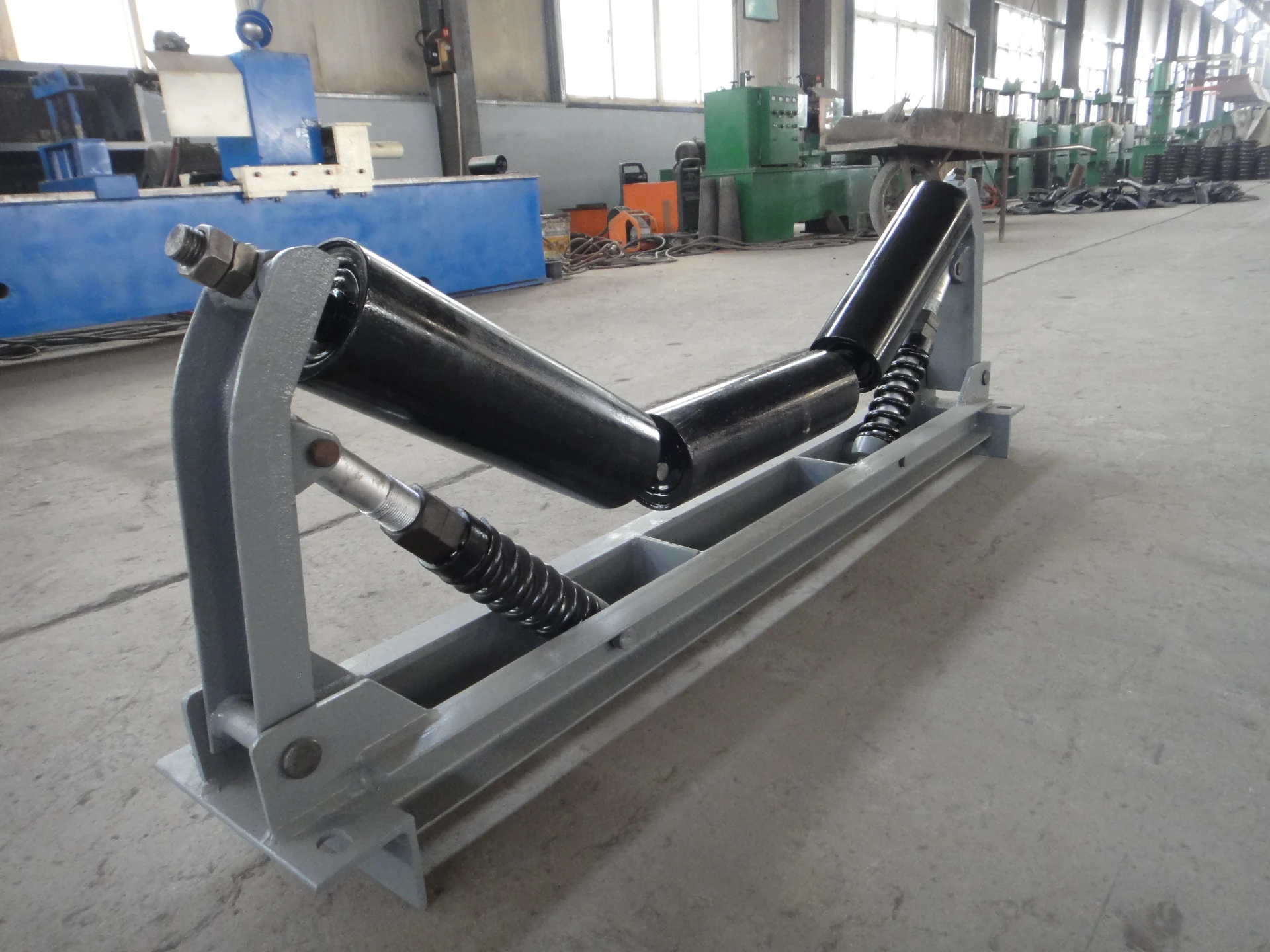 Afrikaans
Afrikaans  Albanian
Albanian  Amharic
Amharic  Arabic
Arabic  Armenian
Armenian  Azerbaijani
Azerbaijani  Basque
Basque  Belarusian
Belarusian  Bengali
Bengali  Bosnian
Bosnian  Bulgarian
Bulgarian  Catalan
Catalan  Cebuano
Cebuano  Corsican
Corsican  Croatian
Croatian  Czech
Czech  Danish
Danish  Dutch
Dutch  English
English  Esperanto
Esperanto  Estonian
Estonian  Finnish
Finnish  French
French  Frisian
Frisian  Galician
Galician  Georgian
Georgian  German
German  Greek
Greek  Gujarati
Gujarati  Haitian Creole
Haitian Creole  hausa
hausa  hawaiian
hawaiian  Hebrew
Hebrew  Hindi
Hindi  Miao
Miao  Hungarian
Hungarian  Icelandic
Icelandic  igbo
igbo  Indonesian
Indonesian  irish
irish  Italian
Italian  Japanese
Japanese  Javanese
Javanese  Kannada
Kannada  kazakh
kazakh  Khmer
Khmer  Rwandese
Rwandese  Korean
Korean  Kurdish
Kurdish  Kyrgyz
Kyrgyz  Lao
Lao  Latin
Latin  Latvian
Latvian  Lithuanian
Lithuanian  Luxembourgish
Luxembourgish  Macedonian
Macedonian  Malgashi
Malgashi  Malay
Malay  Malayalam
Malayalam  Maltese
Maltese  Maori
Maori  Marathi
Marathi  Mongolian
Mongolian  Myanmar
Myanmar  Nepali
Nepali  Norwegian
Norwegian  Norwegian
Norwegian  Occitan
Occitan  Pashto
Pashto  Persian
Persian  Polish
Polish  Portuguese
Portuguese  Punjabi
Punjabi  Romanian
Romanian  Russian
Russian  Samoan
Samoan  Scottish Gaelic
Scottish Gaelic  Serbian
Serbian  Sesotho
Sesotho  Shona
Shona  Sindhi
Sindhi  Sinhala
Sinhala  Slovak
Slovak  Slovenian
Slovenian  Somali
Somali  Spanish
Spanish  Sundanese
Sundanese  Swahili
Swahili  Swedish
Swedish  Tagalog
Tagalog  Tajik
Tajik  Tamil
Tamil  Tatar
Tatar  Telugu
Telugu  Thai
Thai  Turkish
Turkish  Turkmen
Turkmen  Ukrainian
Ukrainian  Urdu
Urdu  Uighur
Uighur  Uzbek
Uzbek  Vietnamese
Vietnamese  Welsh
Welsh  Bantu
Bantu  Yiddish
Yiddish  Yoruba
Yoruba  Zulu
Zulu Conveyor Belt Roller for Efficient Material Transport Solutions
Understanding Conveyor Carrying Rollers Key Components of Material Handling Systems
Conveyor systems are integral to various industries, serving as the backbone for efficient material handling. Among the components of these systems, conveyor carrying rollers play a crucial role in the transportation of goods. These rollers facilitate the smooth movement of products, enhancing productivity and reducing manual labor. In this article, we will delve into the significance of conveyor carrying rollers, their types, applications, and maintenance considerations.
The Role of Conveyor Carrying Rollers
Conveyor carrying rollers serve as the support structure for conveyor belts. They are strategically placed along the conveyor system to ensure that the belt remains in proper alignment and transfers the load effectively. This component not only supports the weight of the transported goods but also minimizes friction, allowing for smoother operation. Efficient roller design can significantly reduce the energy requirements of the conveyor system, leading to cost savings in both energy consumption and operational expenditures.
Types of Conveyor Carrying Rollers
1. Flat Rollers Flat rollers are the most common type used in conveyor systems. They are designed to support a flat conveyor belt, making them suitable for a wide range of applications where the material to be transported is relatively stable and uniform in shape.
2. Crowned Rollers These rollers are slightly curved at the center, which helps in centering the conveyor belt. The crown shape ensures that the belt stays aligned, reducing the chances of slippage. They are particularly useful in inclined or declined conveyor systems.
3. Trough Rollers Trough rollers are designed with a U-shape that provides enhanced support for bulk materials. This type of roller is essential in applications involving loose or granular materials, such as mining or agricultural sectors, where stability is critical to prevent spillage.
4. Impact Rollers Found at loading zones, impact rollers are designed to absorb shocks from heavy loads during the loading and unloading processes. Their design is robust to withstand significant impact forces, thus prolonging the lifespan of the conveyor system.
5. Return Rollers Situated on the underside of the conveyor belt, return rollers help maintain belt tension and support the return journey of the belt. Their proper functioning ensures that the belt does not sag, which could lead to increased wear and reduced efficiency.
Applications of Conveyor Carrying Rollers
Conveyor carrying rollers are utilized across multiple industries, each with specific needs and requirements
conveyor carrying roller

- Manufacturing In manufacturing plants, these rollers facilitate the movement of products along assembly lines, enhancing workflow and productivity.
- Mining Mining operations rely heavily on conveyor systems equipped with robust rollers to transport heavy and bulk materials over long distances.
- Logistics and Warehousing In logistics, conveyor systems equipped with carrying rollers provide efficient movement of goods from storage to shipping areas, streamlining operations
.- Food Processing In the food industry, hygienic conveyor rollers are essential to transport products while adhering to strict sanitation standards.
Maintenance of Conveyor Carrying Rollers
Regular maintenance of conveyor carrying rollers is crucial to ensure their optimal performance. Some key maintenance practices include
- Routine Inspection Regularly checking for wear and tear on rollers can prevent unexpected breakdowns. Look for signs of damage such as cracks, misalignment, or excessive noise.
- Lubrication Keeping roller bearings lubricated reduces friction and wear, extending their lifespan. Depending on the environment, lubrication frequency should be adjusted accordingly.
- Cleaning Dust and debris can accumulate on rollers, affecting their operation. Regular cleaning prevents build-up that can hinder performance.
- Alignment Checks Ensuring that rollers are correctly aligned is essential. Misalignment can cause uneven wear on the conveyor belt and rollers, leading to increased maintenance costs.
Conclusion
Conveyor carrying rollers are a vital component of modern material handling systems, contributing significantly to operational efficiency across various industries. Understanding the types, applications, and maintenance of these rollers can help businesses enhance their conveyor system performance, reduce downtime, and improve productivity. As industries continue to evolve, the importance of reliable and efficient conveyor systems, supported by high-quality carrying rollers, will remain paramount. Optimizing these systems not only leads to cost savings but also fosters a safer and more efficient working environment.
-
Revolutionizing Conveyor Reliability with Advanced Rubber Lagging PulleysNewsJul.22,2025
-
Powering Precision and Durability with Expert Manufacturers of Conveyor ComponentsNewsJul.22,2025
-
Optimizing Conveyor Systems with Advanced Conveyor AccessoriesNewsJul.22,2025
-
Maximize Conveyor Efficiency with Quality Conveyor Idler PulleysNewsJul.22,2025
-
Future-Proof Your Conveyor System with High-Performance Polyurethane RollerNewsJul.22,2025
-
Driving Efficiency Forward with Quality Idlers and RollersNewsJul.22,2025





























